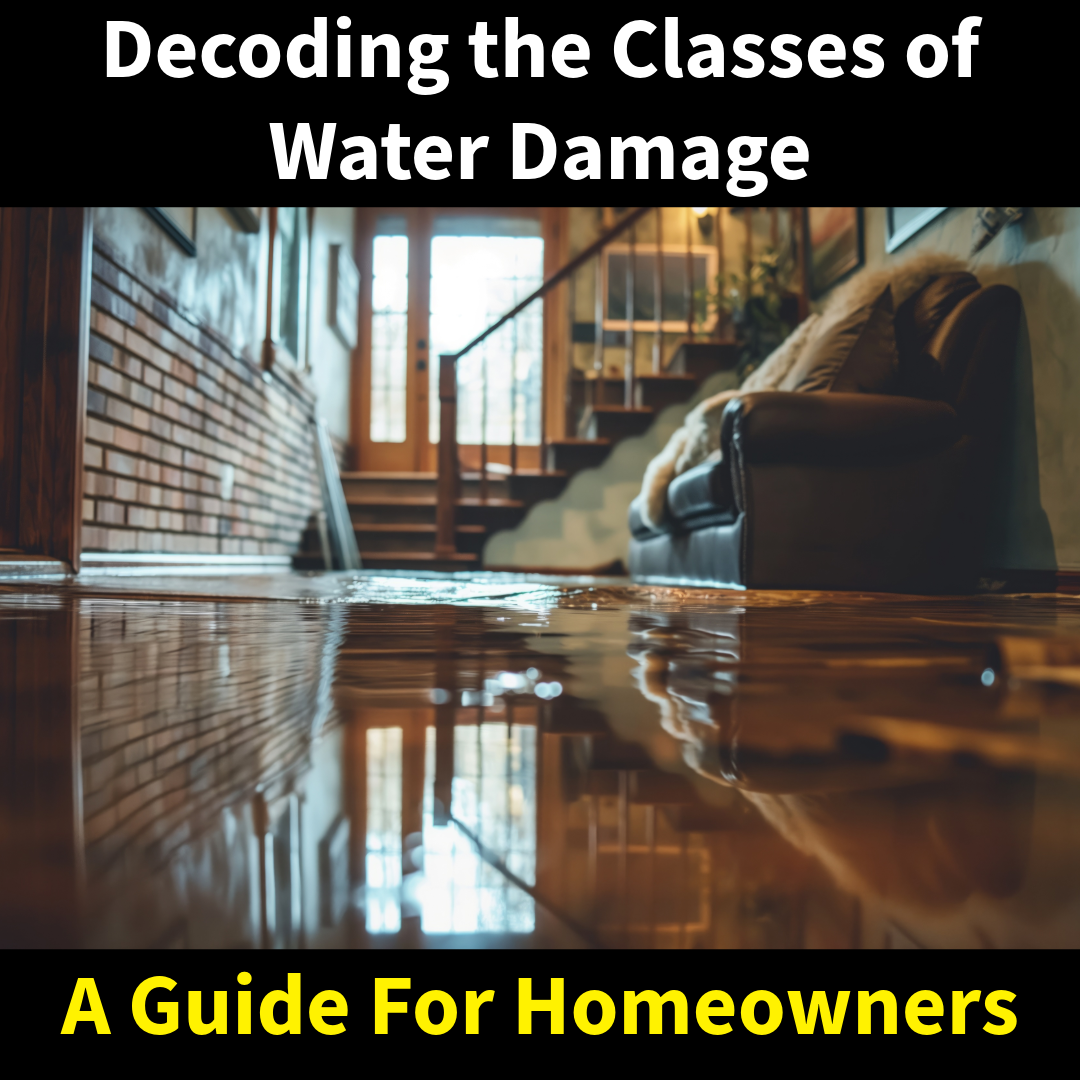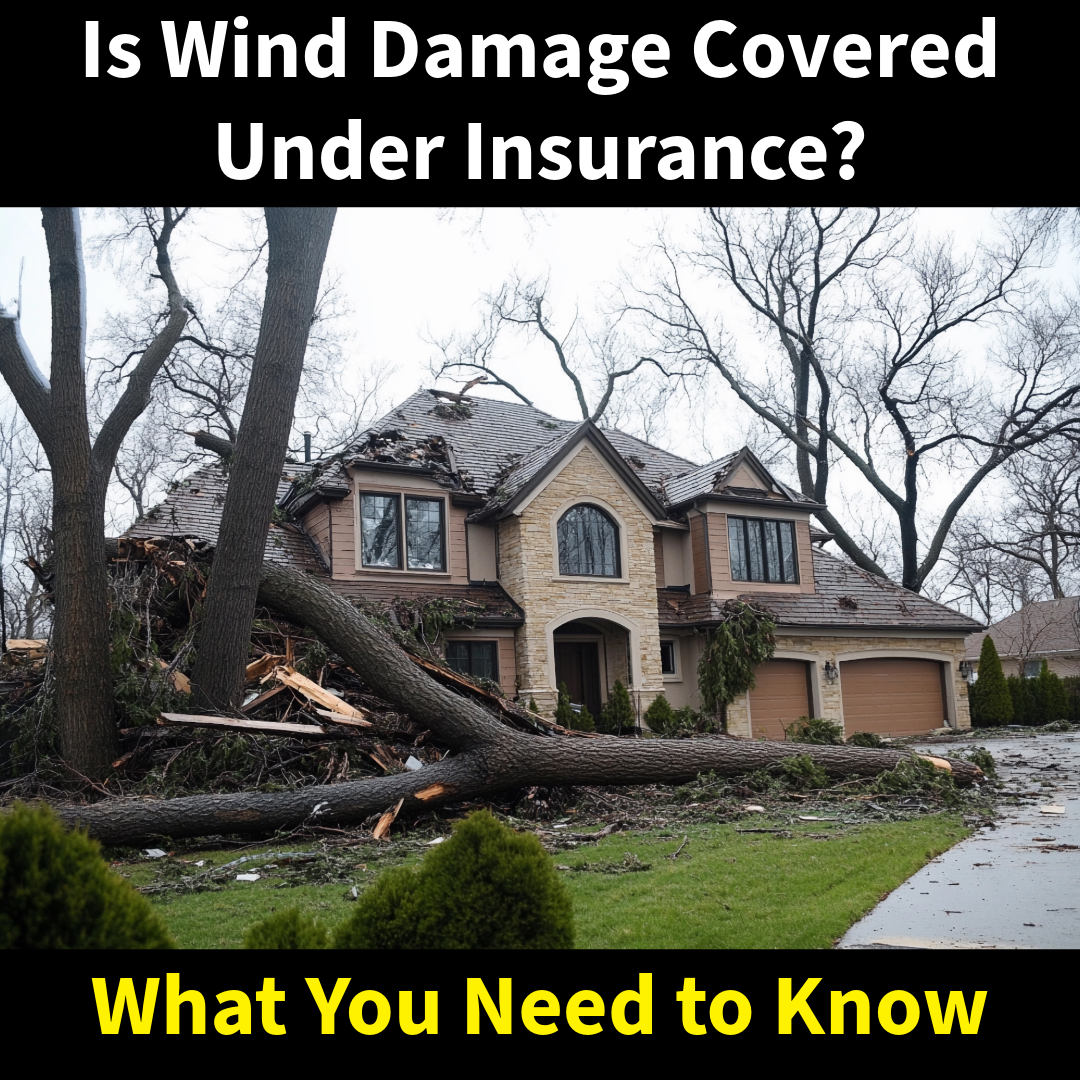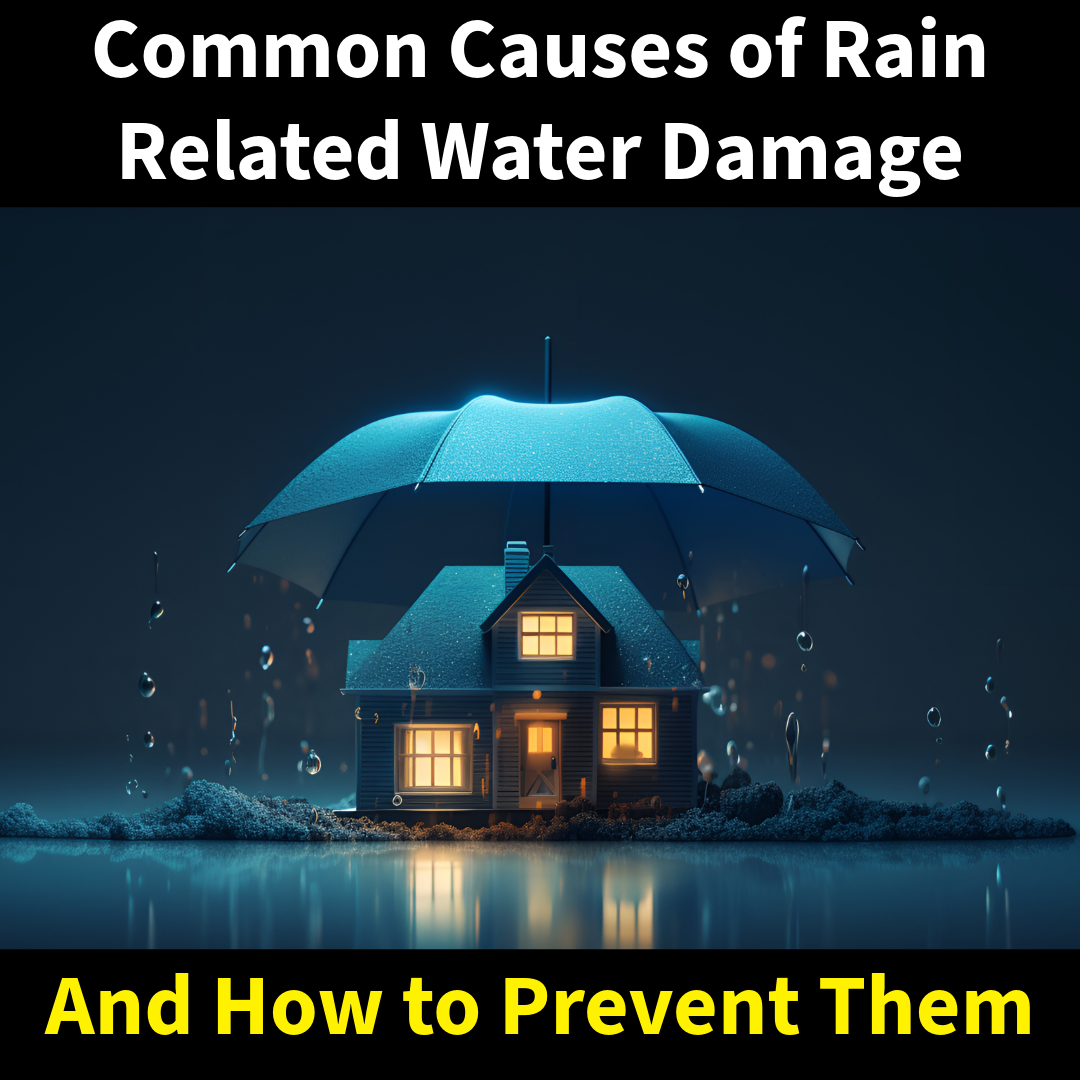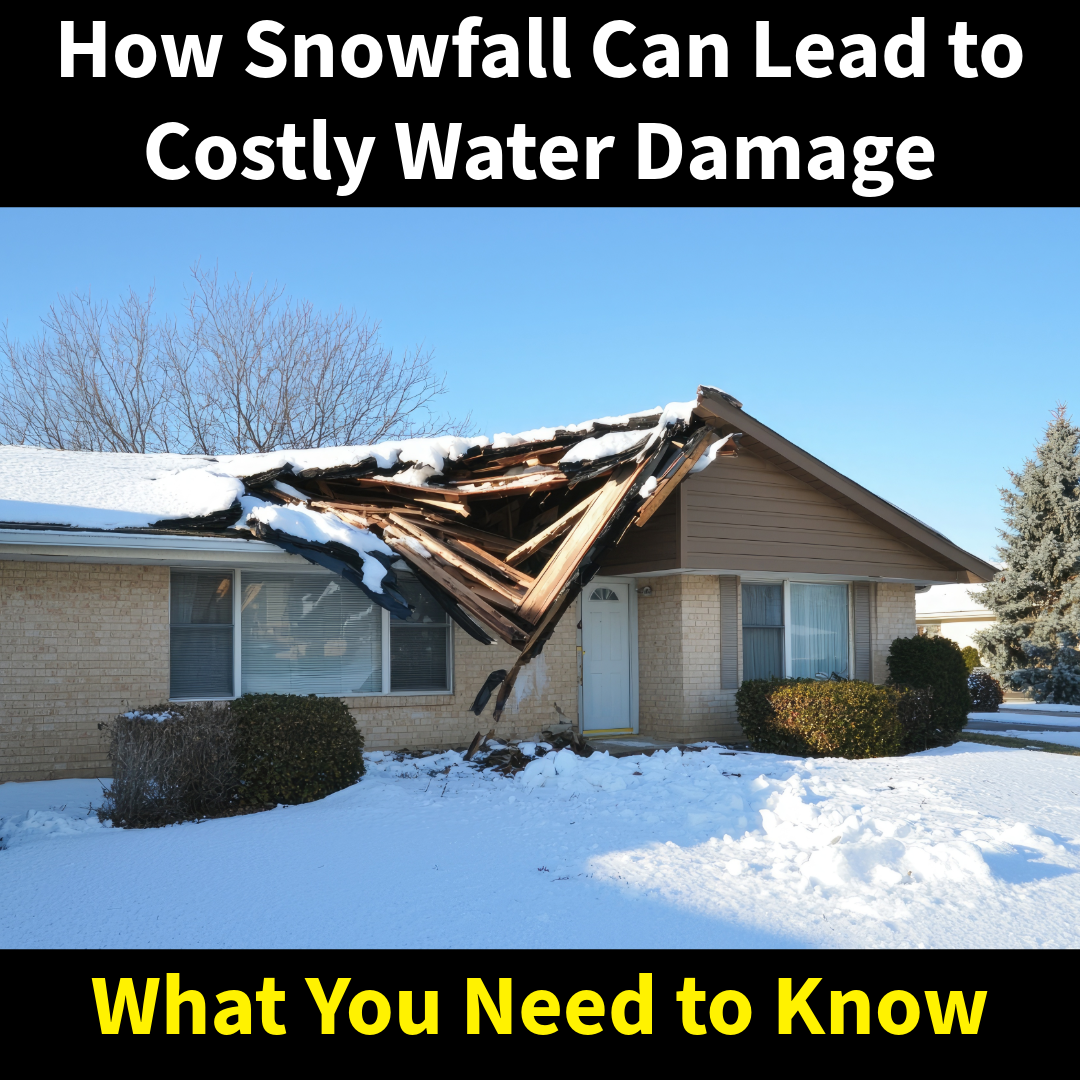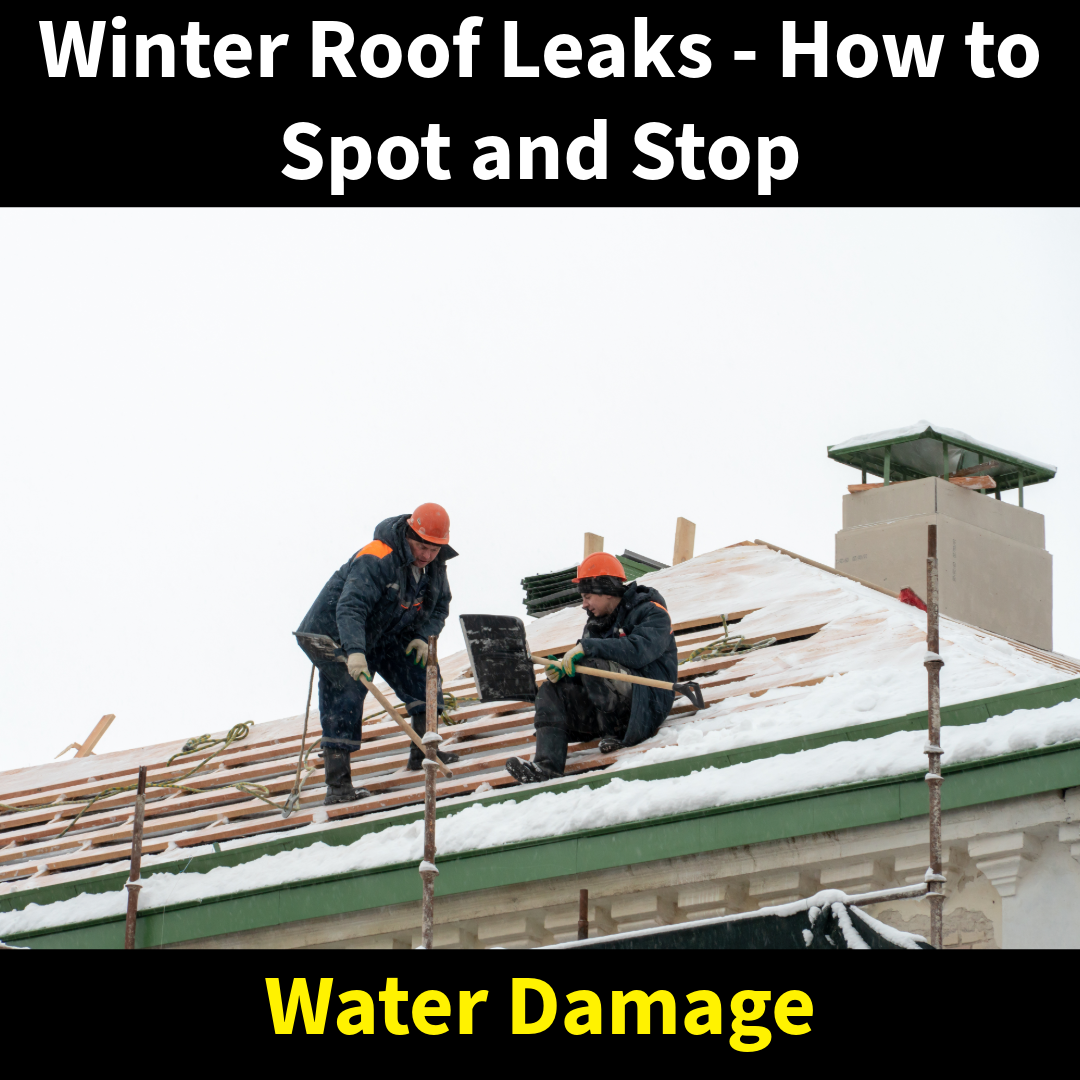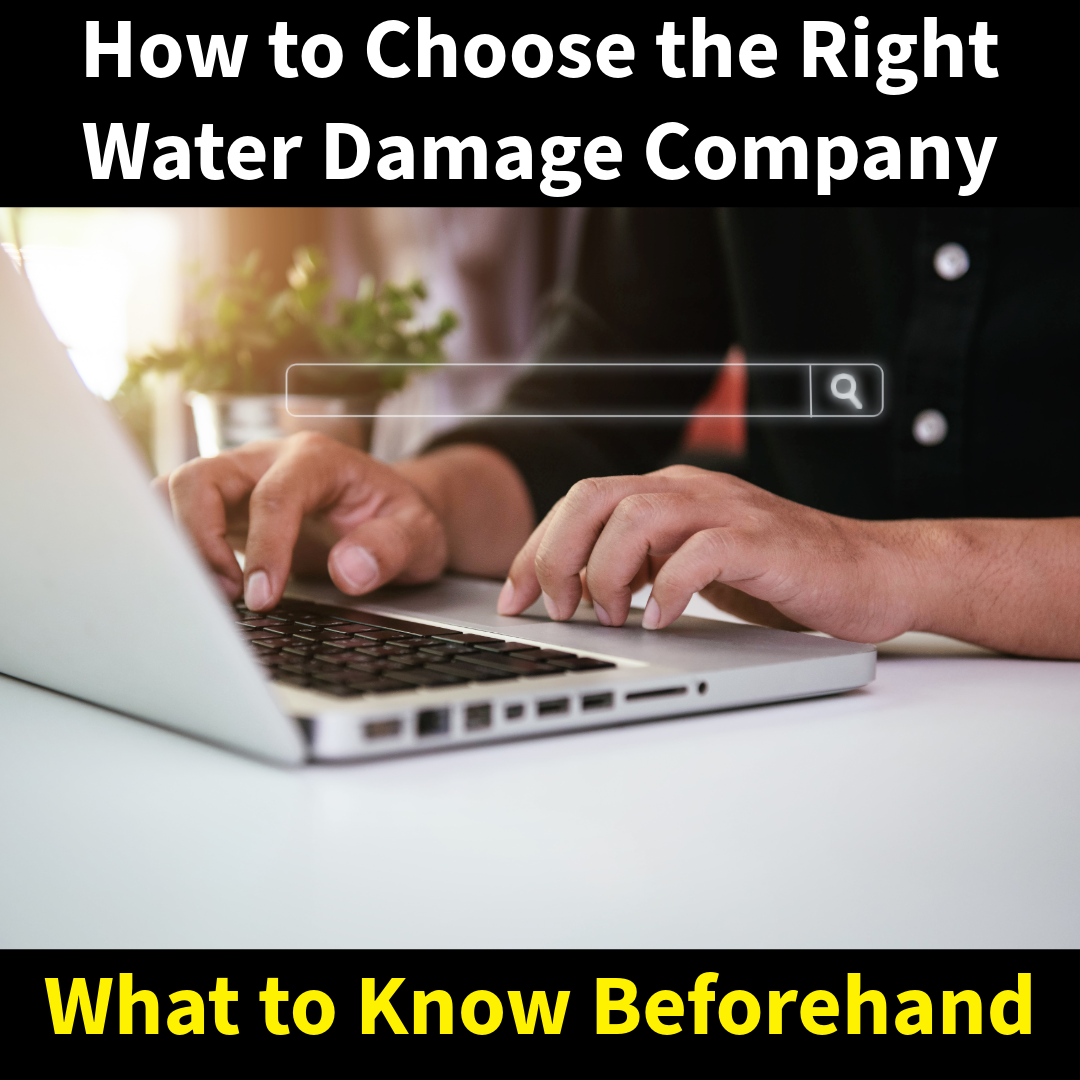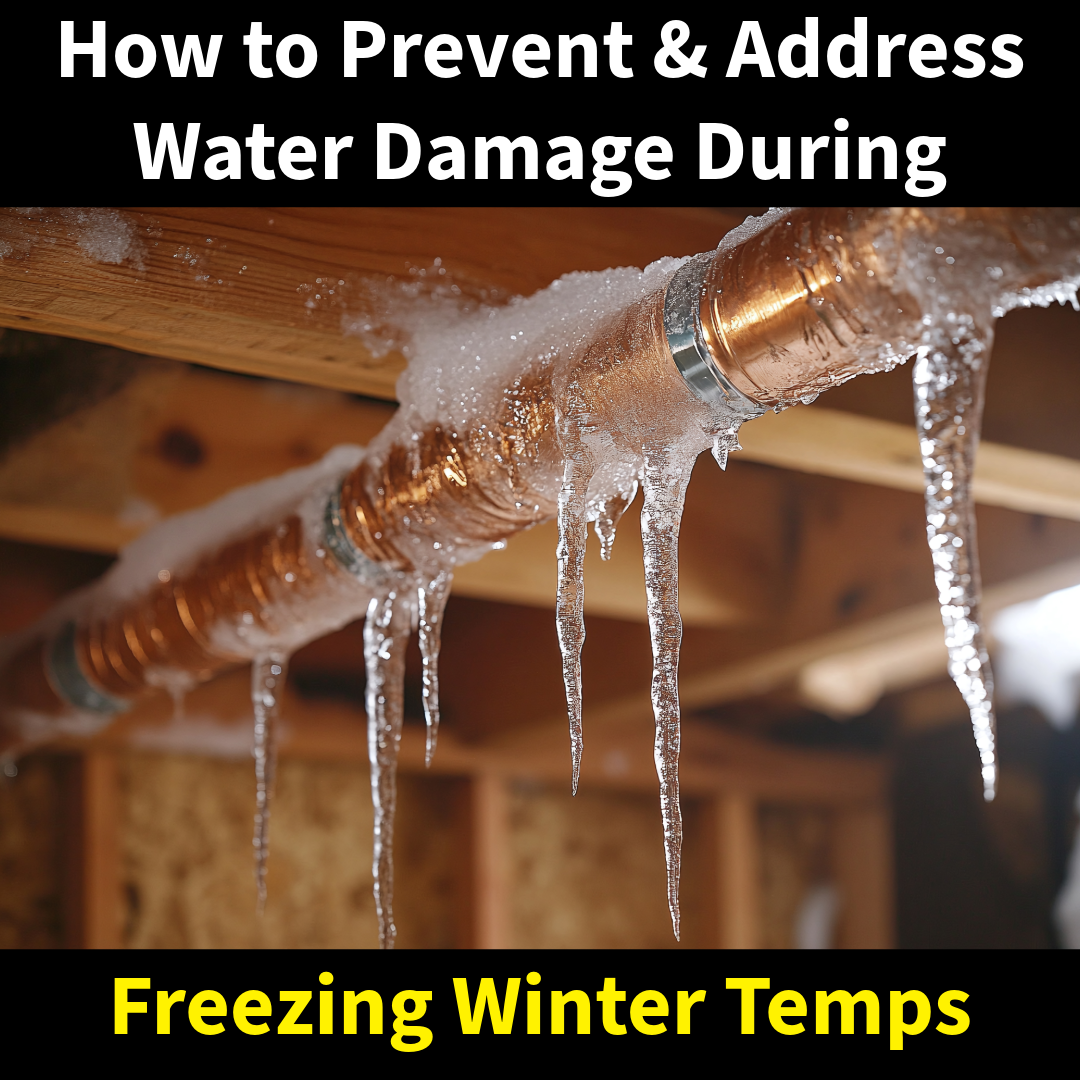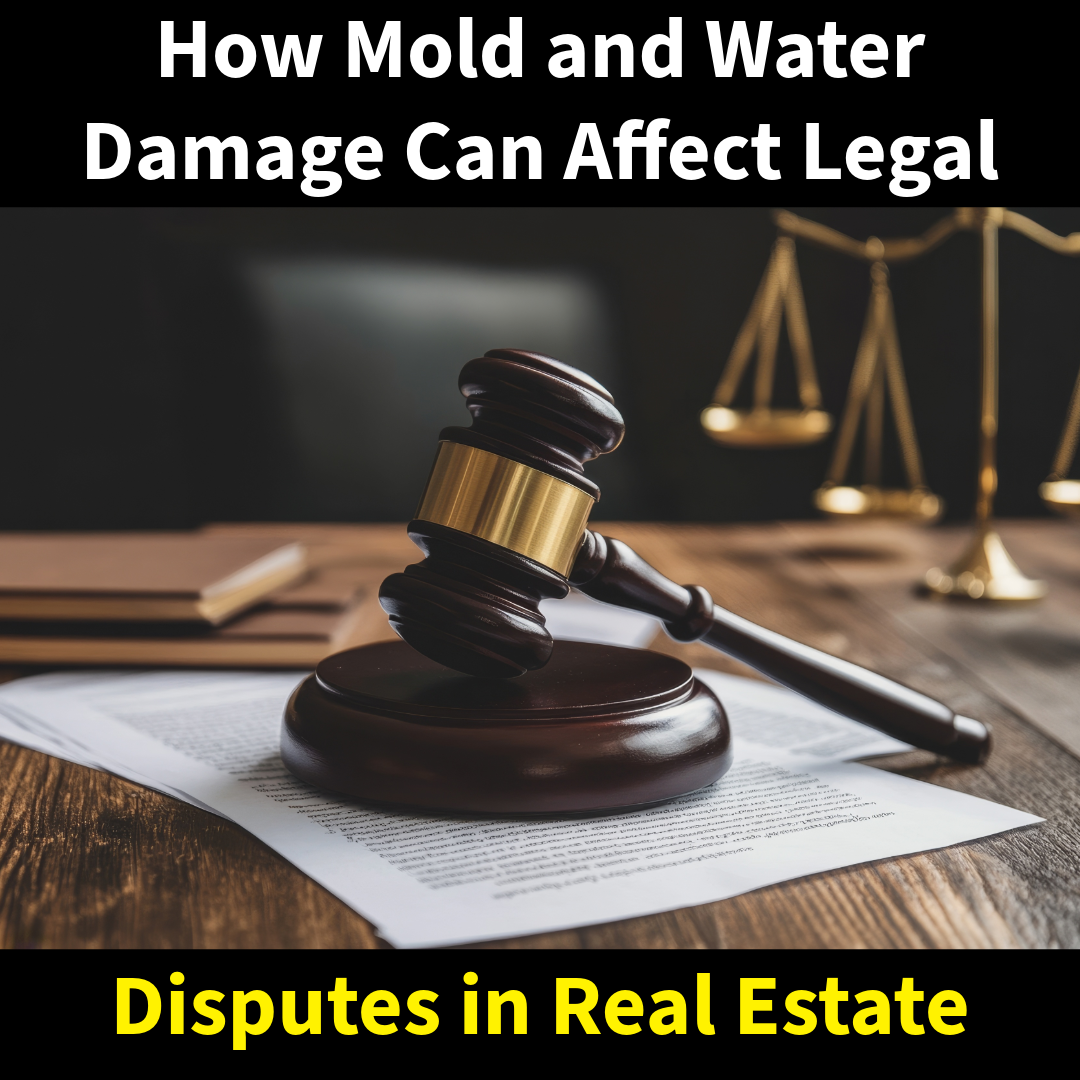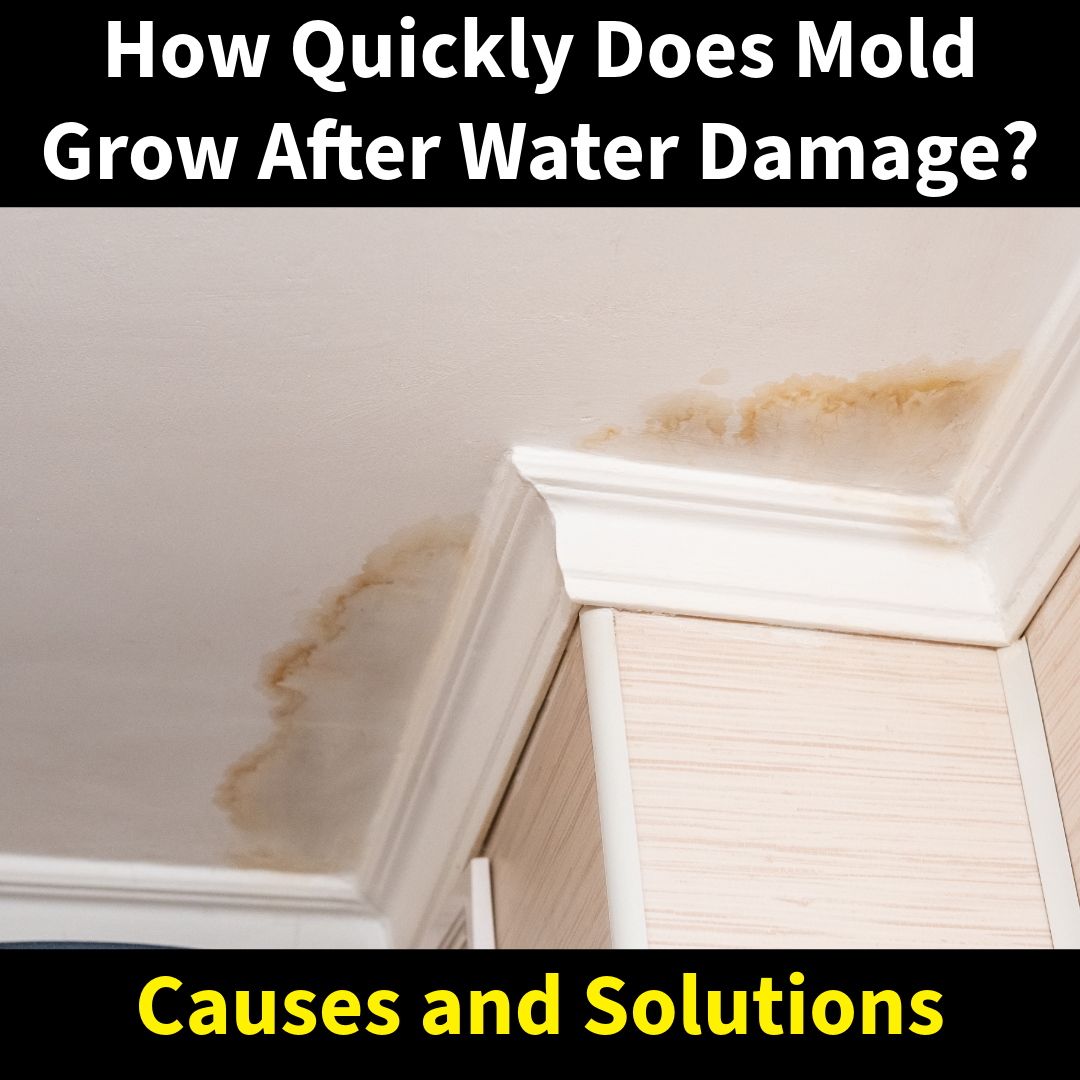Not all water damage is created equal. When water enters your home, the source and level of contamination determine how dangerous it is — and how it should be handled. In the restoration industry, we classify water into three categories. Knowing the difference is crucial for your health and your home.
Category 1 – Clean Water
This is water from a clean source, like a broken pipe, a leaking faucet, or rainwater.
- Typically safe if addressed quickly.
- If left untreated, it can degrade into Category 2 or 3.
- Still requires professional drying to prevent mold growth.
Category 2 – Gray Water
This water is contaminated and may cause illness or discomfort.
- Sources include washing machines, dishwashers, or toilet overflows without solid waste.
- Contains bacteria and chemicals that pose health risks.
- Requires proper protective equipment and disinfecting measures during cleanup.
Category 3 – Black Water
The most hazardous category of water.
- Includes sewage, floodwater from rivers/streams, and water from backed-up toilets with feces.
- Contains harmful pathogens, toxins, and biohazards.
- Requires full protective gear and often removal of affected materials like carpet, drywall, and insulation.
Why the Category Matters
Each category of water damage requires different safety protocols, equipment, and procedures. What might seem like a minor issue can become a serious health hazard if misjudged or ignored.
Don’t Guess — Call the Experts
At MSI, we don’t just remove water — we assess the situation, determine the water category, and ensure your home is restored safely and completely. Your health depends on it. Whether you’re dealing with a leaking appliance or a sewage backup, knowing what kind of water you’re dealing with is the first step to protecting your home and your family. MSI is here 24/7 to help you navigate the mess safely and professionally.

